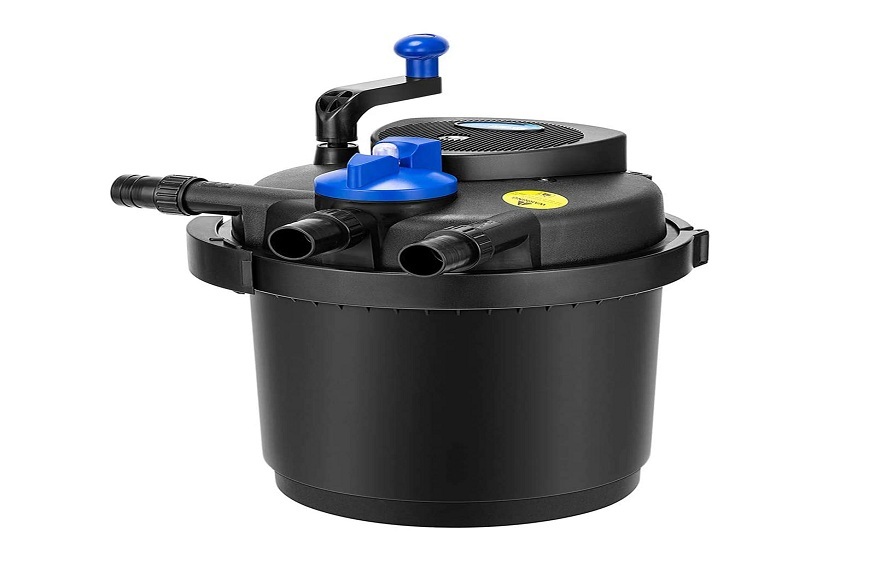Pond Filters Explained

The pond is an admired feature for landscaped gardens or backyards, however, the clarity of water can prove quite a challenge. Indeed, pond filters are one of the most efficient ways to ensure the pond remains healthy and alive at all times. They are critical in keeping the water clear of undesirable substances, infection, algae growth, and other hostile elements that may well harm aquatic lifestyles kind as fish, crops, and many more. Still, how does it first function, and what is the real importance of pond filters to the ecological sight of the pond? In the next section, we will discuss a little bit more deeply about any pond filters and how on earth they maintain a pond clean and transparent.
What Is a Pond Filter?
A pond filter is a mechanical, biological, or chemically based system used in maintaining ponds that can be used to remove or prevent waterborne undesirable substances from water. Pond filters come in various designs, but all share the same goal to ensure that bacteria don’t accumulate on the sides of your pond thus affecting the aquatic life. They usually operate by drawing water using a filter that intends to rid the water of the unwanted object, and then pumping the water back into the pond.
Types of Pond Filters
There are three main types of pond filters: These include mechanical, biological as well as chemical processes of production. All four types have distinct purposes and importance and these are involved in the maintenance of a perfect water ecosystem in the pond.
Mechanical Filters:
All mechanical filters are constructed to physically filter off objects like leaves, twigs, dirt, and water using a provided mechanical structure. These filters apply mesh, foam pads, or other related materials to filter out particles within water as they percolate through the filters. Mechanical filtration plays an important role in the exclusion of larger organic load complications which worsen the water algal bloom and give a source to water pollution.
Biological Filters:
The biological process involves the development of desirable bacteria that feed on ammonia and nitrites which are dangerous to the fish. These bacteria are associated with the external surface of the biological filtration media including ceramic rings, bio balls, or sponge filters. When water passes through the filter, the bacteria will alter toxic nitrogen compounds into harmless nitrates that plants usually take up. Biological filters are essential for the primary and safe living conditions for the fish and plants in the pond.
Chemical Filters:
This filter works through chemical media, for example, activated carbon or zeolite, and its function is to take out the impurities from water. These filters are especially effective for water-soluble products, like chlorine, chloramine, and other chemicals that may be in municipal water or added chemically. However, chemical filters are also very necessary for water clarity as they are only part of mechanical and biological filters.
Why Pond Filters Are Essential
If there is no filtration system, a pond becomes ingloriously muddy and unhealthy. Too much organic material to waste has poor water quality and can result in algae, low oxygen, and toxins that are detrimental to fish and plants. Pond filters avoid these conditions since they are constantly circulating and filtering pond water to maintain your pond’s ecological equilibrium.
Conclusion
Pond filters are important equipment that helps maintain the pond properly and hygienically. These systems not only incorporate mechanical, biological, and chemical approaches, but can effectively assist in the process of clearing all unwanted debris, toxins, and dangerous bacteria within the pond to protect all the inhabitants within it. Regardless of whether you’ve had a pond for a short time or some years, you need to know how those filters are designed and which one is the best to use for your pond since that will determine how long your aquatic garden is going to last.
